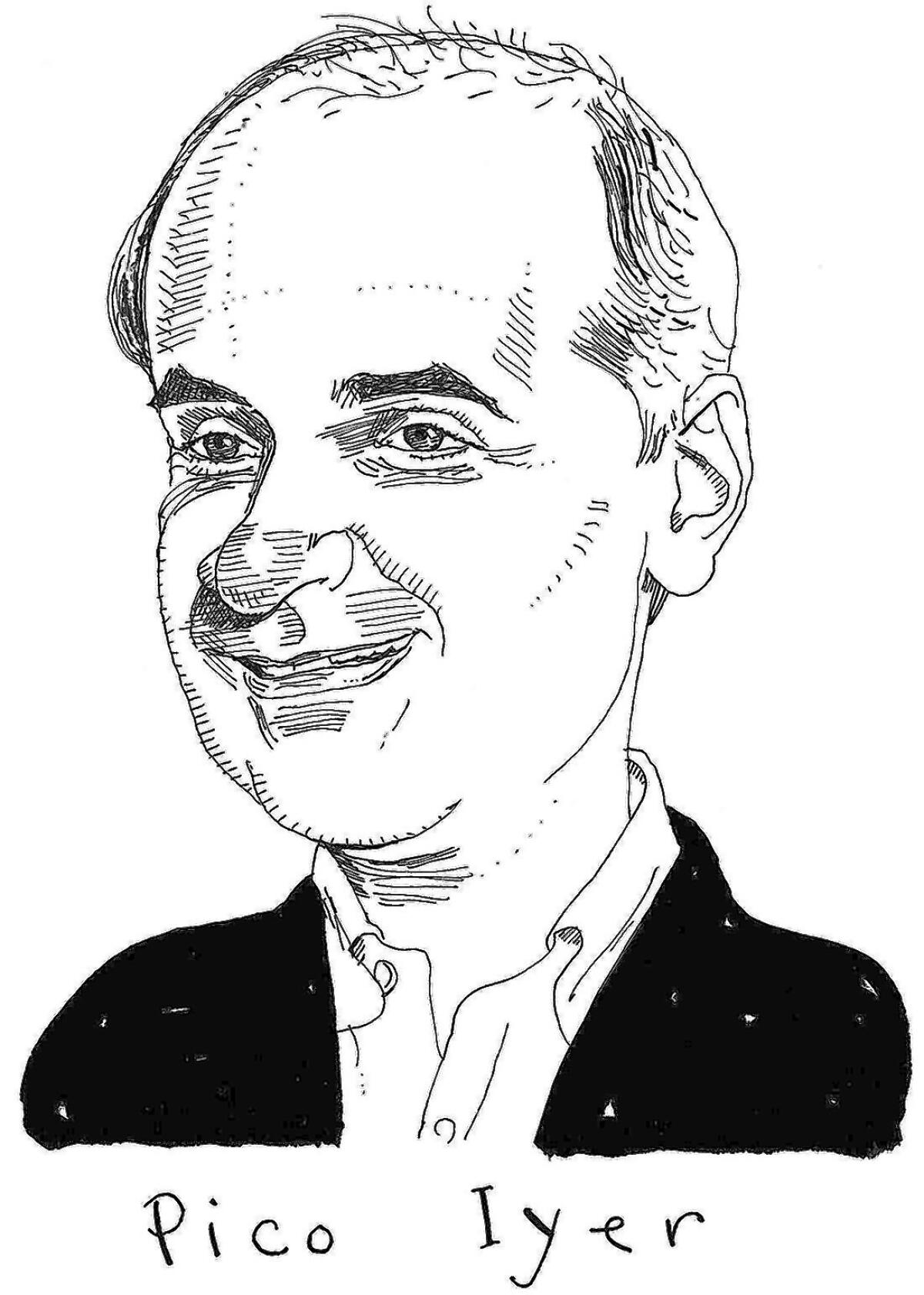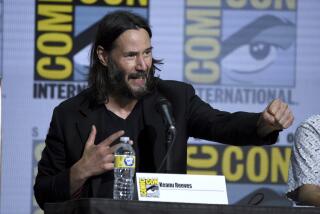Pico Iyer on discovering his passion for adventure

All night long there were footsteps in the corridor, as girls from the nearby bars slipped in and out of rooms. I could hear bottles being smashed in the streets, the whining of an air conditioner that never quite took the edge off the tropical heat. When I walked out after dark, it was to see long lines of broken storefronts — “WANTED: Sexy Karaoke Singers” — and dozens of people lining up to apply for jobs in Saudi Arabia and Dubai. Money-changers’ shacks, a folk club staffed only by dwarfs, mothers clutching babies in the rain.
“We are Exclusive Club,” said a sign on one typically run-down bar, “but everyone is welcome.”
The scene around me couldn’t have seemed further from my day-to-day life, which involved sitting in a 25th-floor office in midtown Manhattan and writing articles on world affairs for Time magazine, cobbled together from the reports sent in by seasoned colleagues roaming the globe. But that was its fascination. Now, for the first time ever, I was finding a way to write up my own discoveries, about the places I’d long known only through others’ reports. Five weeks after my 28th birthday, a publisher had offered me the lowest advance then imaginable, and my bosses had given me permission to take a seven-month leave of absence to research and write my first book.
FULL COVERAGE: Festival of Books
The only problem was that the advance wouldn’t begin to support me over those seven months. So here I was, holed up for weeks in a beaten-up, no-star hotel in the red-light district in Manila — all I could afford — and trying to subsidize my trip by writing a 6,000-word article for the Smithsonian on the Assassins of 11th century Persia, the mysterious Islamic sect believed by many to have refined the terrible logic of the strategic single murder.
It sounds incongruous now, but at the time I didn’t think twice about it. I’d grown up commuting between my parents’ home in Santa Barbara amid the Summer of Love and a 15th century boarding school in England; throwing old worlds against contemporary revolutions had been the texture of my life and the subject of much of my writing, as evidenced in the title of that first book, “Video Night in Kathmandu.” The innocent bar girls around me in Manila longed for the material comforts, the security, the state-of-the-art TVs they associated with the West; the Westerners who circled around them were drawn here by the old-fashioned values and the church-going trustfulness they found even in neon bars in the Philippines.
In the evenings, I’d watch middle-aged men from the American bases slow-dancing with young “hospitality girls” to the husky laments of Merle Haggard; after the bars closed, the girls would tell me about their roulette lives, married one day and back in the bar the next. In the afternoons, I went out to join the demonstrators thronging the streets around Malacanang Palace and to a church in Quezon City where Corazon Aquino was leading congregations in renditions of “The Impossible Dream” (six months later, impossibly enough, her peaceful movement would somehow topple Ferdinand Marcos’ longtime kleptocracy).
Every morning, though, before any of that, I’d sit for five long hours at the table in my low-rent room — “I am just a poor boy. Though my story’s seldom told…” drifting up from the security guard’s boom-box in the lobby — and bury myself in the heavy treatises I’d brought along with me on Middle Eastern factionalism from nine centuries before.
To write a book on something you really care about — the peeling streets of Manila that clutched at me daily — I saw that I’d have to turn out an article on something far from my experience. And yet, instead of resenting the imposition, perhaps I could turn it to literary advantage?
One project, after all, was schooling me in ambiguity — I’d never guessed that a red-light area could be haunted by such guilelessness — while the other was training me in history. And in certain ways, the pieces could deepen and play off one another suggestively, if only because the ingenious Machiavellian strategies of Hassan-i-Sabbah in his Alamut fortress were precisely what the Filipinos (I thought in my innocence) lacked; and the peaceful revolutionaries of Manila’s streets were trying to show that flowers and songs could sometimes disarm even the deadliest of guns and knives.
So my mornings shed a strange light on my afternoons, and each threw off fresh questions in the light of the other. I began to see how the language of the heart might seldom communicate with that of the mind, but that every writer has to be a bilingualist in that, as in every other, sense.
In the 29 years since, I’ve barely been back to Manila; I can hardly recall now a word of what I dug up then about the history of assassination and, therefore, of modern terrorism. But my stay in the 40-watt cell showed me I could follow my dream and my passion — free myself for life, perhaps, from incarceration in an office — as long as I was ready to live like a bum in a temporary, flimsy room and put in the hours at the desk.
“Like a Virgin” was seeping through the paper-thin walls, the rain was puddling around families stretched out on the sidewalks and everything around me seemed ready to collapse. But poring over those tomes on the Ismailis while hunkered down in the red-light district taught me the first and most essential lesson I needed to learn: Writing would seldom be glamorous or prosperous or easy, but it could be the richest and most surprising adventure I’d ever known.
Iyer’s most recent book is “The Man Within My Head.” He is a distinguished presidential fellow at Chapman University.
Festival of Books
What: “The Art of the Personal Story” panel with Pico Iyer, Leo Braudy, Leslie Jamison and Dinah Lenney, moderated by Meghan Daum
Where: Seeley G. Mudd, USC
When: 10:30 a.m. Sat.
Info: latimes.com/festivalofbooks
More to Read
Sign up for our Book Club newsletter
Get the latest news, events and more from the Los Angeles Times Book Club, and help us get L.A. reading and talking.
You may occasionally receive promotional content from the Los Angeles Times.







